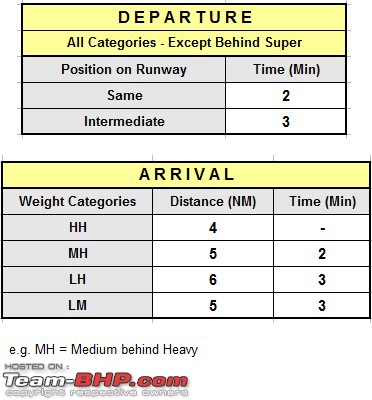| | #421 |
| Distinguished - BHPian  Join Date: Jun 2007 Location: Chennai
Posts: 10,989
Thanked: 26,377 Times
| |
| |  (1)
Thanks (1)
Thanks
|
| |
| | #422 |
| Team-BHP Support  Join Date: Dec 2006 Location: Mumbai
Posts: 10,265
Thanked: 12,316 Times
| |
| |  (1)
Thanks (1)
Thanks
|
| | #423 |
| BHPian Join Date: Jan 2011 Location: Bangalore
Posts: 324
Thanked: 1,437 Times
| |
| |  (2)
Thanks (2)
Thanks
|
| | #424 |
| Distinguished - BHPian  Join Date: Jun 2007 Location: Chennai
Posts: 10,989
Thanked: 26,377 Times
| |
| |
| | #425 |
| Senior - BHPian | |
| |  (1)
Thanks (1)
Thanks
|
| | #426 |
| BHPian Join Date: Jan 2011 Location: Bangalore
Posts: 324
Thanked: 1,437 Times
| |
| |  (2)
Thanks (2)
Thanks
|
| | #427 |
| Distinguished - BHPian  | |
| |  (3)
Thanks (3)
Thanks
|
| | #428 |
| Senior - BHPian | |
| |  (1)
Thanks (1)
Thanks
|
| | #429 |
| BHPian Join Date: Jan 2011 Location: Bangalore
Posts: 324
Thanked: 1,437 Times
| |
| |  (3)
Thanks (3)
Thanks
|
| | #430 |
| Team-BHP Support  Join Date: Sep 2010 Location: All over!
Posts: 7,609
Thanked: 18,324 Times
| |
| |  (1)
Thanks (1)
Thanks
|
| | #431 |
| Distinguished - BHPian  | |
| |  (1)
Thanks (1)
Thanks
|
| |
| | #432 |
| Distinguished - BHPian  | |
| |  (1)
Thanks (1)
Thanks
|
| | #433 |
| Team-BHP Support  Join Date: Feb 2004 Location: Bombay
Posts: 24,039
Thanked: 34,069 Times
| |
| |
| | #434 |
| Distinguished - BHPian  Join Date: Jun 2012 Location: BengaLuru
Posts: 5,657
Thanked: 19,395 Times
| |
| |  (2)
Thanks (2)
Thanks
|
| | #435 |
| Distinguished - BHPian  | |
| |
 |
Most Viewed





 I believe it means pushing the throttles to the max position.
I believe it means pushing the throttles to the max position.
